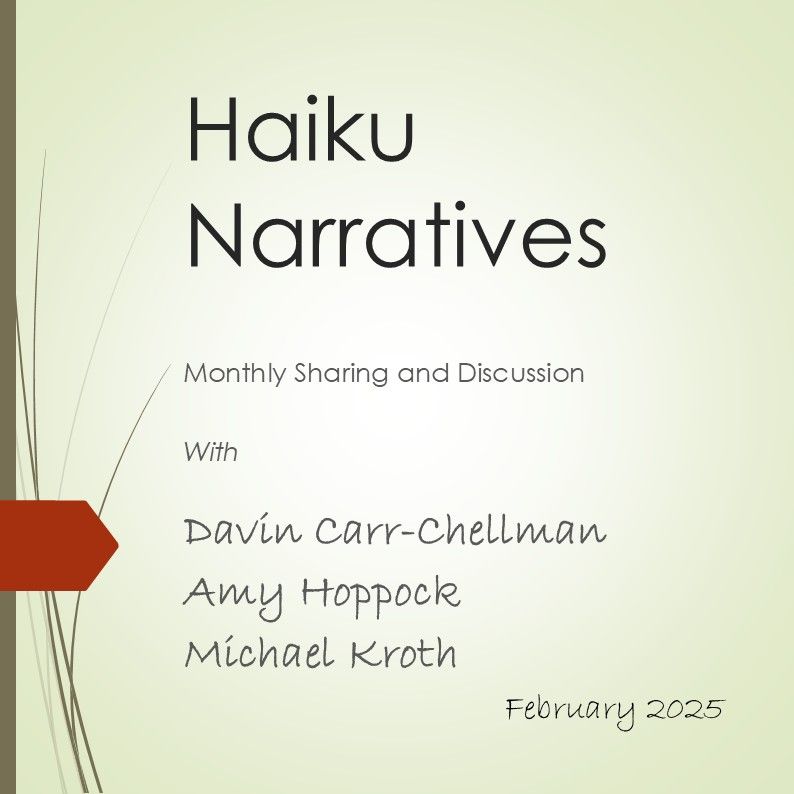Cura Personalis
My Motto for 2025: Colendo Curam Personalis

This image created with the help of the Dalle-E AI tool.
“One of the hallmarks of Jesuit education is cura personalis. Often translated as ‘care or education of the whole person…’”
~Catherine Peters1
I had never heard of the term Cura Personalis until one of our doctoral students spoke of it one day. She had worked at a Jesuit educational institution and cura personalis was a stated value of the organization. The term and concept intrigued me, and I knew I would have to explore it in more depth one day.
I start today.
First, a disclaimer. I’m not a Jesuit or even a Roman Catholic. What I’m writing about today will be through the eyes of a lifelong Protestant; not as a person steeped in Catholicism, but as someone who has learned much from this tradition, especially from the great contemplatives. My purpose here is to start exploring how this approach can be applied. I’m interested in this both personally – how could attending to the care of the whole person help me to become a better person; and also professionally – how can cura personalis be applied to lifelong, profound learning and human flourishing theory and practice. I’ll only be able to outline some thoughts here.
Cura Personalis is considered one of the “hallmarks of Jesuit Education”1, and the idea was first introduced to the Jesuits in the United States by their Superior General in 1934. The Jesuits, more formally known as the Society of Jesus (S.J.), are members of a Roman Catholic order of priests and brothers founded by St. Ignatius of Loyola, which was approved by the Pope in 1547.2
Today, Cura Personalis is embedded into the values and practices of many Jesuit educational institutions and, in fact, “has enjoyed a meteoric rise in usage in the last few decades and is now considered emblematic of Jesuit philosophy of education.”3 What cura personalis means is still not totally clear though, it seems, which is not a surprise given the recency of its introduction and development.
For educators, and I would say for all interactions with others, Dickinson says,
“The Jesuit ideal of striving to care for the whole person (cura persona/is) forms a principle that transcends any single social, political, religious or professional context, offering educators something of a measuring stick to carry with us for the many domains in which we operate. As a spiritual principle, it means we must be attentive to the complexity of ourselves as much as we are sensitive to the complexities of others. There is no one moment when we might simply relax this guiding concept so as to reduce the fullness of the person who stands before us.4
Considering a student, or a teacher, or an administrator, leader, any other person from a holistic perspective, that is, taking their entire situation and personal attributes and history into account, is not a surprising or unique perspective. Geger5 in fact specifically notes that “promoters of Jesuit education should beware of implying that ‘holistic education’ and ‘respect for the individual’ are values unique to Jesuit education’, and that since the time of Socrates and Cicero good teachers have taken the whole person into consideration. Then he shares Fr. Anthony McGinn’s view that, “claiming these things to be distinctively Jesuit is like trying to copyright the alphabet.” I love this quotation.
Claiming these things to be distinctively Jesuit is like trying to copyright the alphabet.
That said, I think the Jesuits have adopted a deeply important idea, approach, and practice for the field of education, which should be considered a case study for all educational institutions. More, by bringing cura personalis to their institution, the Jesuits are giving the rest of us an opportunity to see how it might be adopted by other learners, organizations, and institutions. At the very least it provides another way of looking at what lifelong learning for the purpose of human flourishing might look like.
Greger6 says that there are three definitions of cura personalis commonly used by Jesuits. The first is “holistic education that attends to the spiritual and moral dimensions of a person in addition to his or her intellectual development.” The second emphasizes education that is, “respectful of the unique needs and identity of each student.” The third expands the people who should be considered. It is the “duty of administrators and Jesuit superiors to show solicitude for individuals working in their institutions…”. In other words, the care or education of teachers and staff and the administrators and Jesuit superiors themselves should be included as well.
I’ll end this discussion of cura personalis by quoting the 1986 International Commission on the Apostolate of Jesuit Education publication, “The Characteristics of Jesuit Education,”7
Teachers and administrators, both Jesuit and lay, are more than academic guides. They are involved in the lives of the students, taking a personal interest in the intellectual, affective, moral and spiritual development of every student…They are ready to listen to their cares and concerns about the meaning of life, to share their joys and sorrow, to help them with personal growth and interpersonal relationships…They try to live in a way that offers an example to the students, and they are willing to share their own life experiences. “Cura personalis (concern for the individual person} remains a basic characteristic of Jesuit education.
Most people are not professional teachers, but all people are teachers, mentors, guides, friends, and examples. Practicing Cura personalis for self and others, it seems to me, is one of those skills and practices and dispositions that takes a lifetime to learn. Though some people are born to it, all of us can become more so.
My Word, Motto, and Haiku for 2025
How does one do this? I’ll be exploring this a bit more as the motto I adopted for 2025 in Judith Valente’s “Prologue” workshop yesterday, is “Colendo Curam Personalis” (Latin)/”Cultivando la Persona Integra” (Spanish), which in English means cultivating or nurturing care for the whole person. My word for 2025 will be “Elegancifying” (last year’s word was “elegancing”) which means the act or process of transforming something or adding or enhancing elegance in an object, environment, or action. I just didn’t get far enough with elegancing in 2024, hence this more active word.
More on Judith’s workshop – another wonderful experience – in a later essay.

This image created with the help of the Dalle-E AI tool.
Notes
1 Peters, C. (2022). Cura Personalis: The Incarnational Heart of Jesuit Education. Jesuit Higher Education: A Journal, 11(1), p. 26.
2 For more about the Jesuits, see https://www.jesuits.org/.
3 Casalini, C. (2021). Cura personalis: The Care of the Person and the Roots of Jesuit Pedagogy. In J. B. a. M. S. d. Carvalho (Ed.), Philosophy of Care: New Approaches to Vulnerability, Otherness and Therapy (pp. 243–258). Cham: Springer, p. 243.
4Dickinson, C. (2024). Jesuit Spirituality for the Contemporary Pluralistic Classroom. Teaching Theology & Religion, p. 4
5Geger, B. T. (2014). Cura personalis: Some Ignatian inspirations. Jesuit Higher Education: A Journal, 7(2), p. 20
6Geger, B. T. (2014), p. 6
7Geger, B. T. (2014), p. 8










